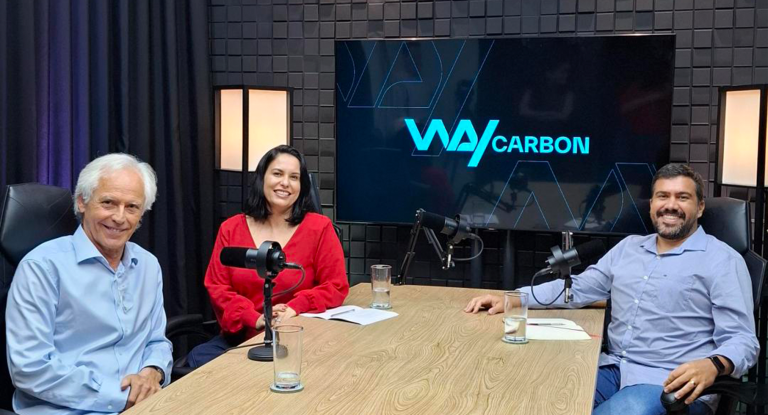Discover WayCarbon Ecosystem: Climate Risk Management

A tool that performs integrated and systemic management of climate risks in companies. This is the proposal of WayCarbon Ecosystem – Climate Risk Management (previously known as MOVE). Based on almost two decades of WayCarbon’s experience in solutions for the climate transition, the tool has undergone improvements that have optimized its strategic value: it now identifies financial losses linked to climate risks and allows companies in any sector of the economy to manage these risks.
Using data from multiple sources, at different scales, the platform allows companies to simulate and quantify the impact of climate change on physical and transition aspects, over time horizons up to the year 2100. The tool considers different geographic areas to determine the probability of the threat associated with the impact, such as: floods, heat waves, meteorological drought and forest fires, which affect infrastructure, operations, the value chain, and society, in addition to regulatory, reputational, technological and market perspectives.
“WayCarbon Ecosystem – Climate Risk Management was developed with all the knowledge and experience we have gained in many years of consulting on the subject. We transferred this expertise to the solution, which has easy data manipulation and ensures the generation of efficient information, including for reports, such as CDP and standards such as IFRS S2”, explains Melina Amoni, Climate Risk and Adaptation Manager at WayCarbon.
IFRS S1 (International Financial Reporting Standards, focused on sustainability) and S2 (focused on climate) are international standards for disclosing sustainability information for the financial market, launched in 2023. Brazil was the first country to officially adopt the standard. Listed companies will be able to use them from 2025 on a voluntary basis. In 2027, disclosure will be mandatory for all listed companies in classes 1 and 2.
Climate risk management in practice
When using the platform, the first step is to create specific management and operating rules for each company, followed by registering assets, with the possibility of distinguishing between those owned and those owned by third parties, such as the value chain. It is possible to include the sector, subsector and type of company to define the activities developed, which will serve as risk calibration. After including the data, the platform provides the result, in a matrix, with the probability of climate threats in scenarios.
Based on the results, critical risks are defined, and financial impacts are calculated, considering the expected loss if a risk materializes. Finally, management plans are created to reduce the identified risks, including adaptation actions for the short, medium and long term. “Incorporating climate transversality into corporate risk management is essential for good strategic planning, and WayCarbon Ecosystem gives organizations autonomy to consider and treat all these factors with due caution,” says Melina Amoni.
The digital platform enables strategic decision-making, such as: necessary maintenance of risk prevention measures, climate due diligence, whether or not to install factories in a given location, inputs for merger and acquisition (M&A) processes, among others. “The latest extreme events that we have seen in the Northeast, Southeast and South of Brazil have proven the need to identify, prevent and reduce climate risks. Companies must be aware that, in addition to a social and environmental risk, climate change is a financial risk. Therefore, analyses such as those offered by WayCarbon Ecosystem, based on science, technology and specific information, are crucial to guide effective decisions”, concludes Melina.
 EN
EN  ES
ES PT
PT



